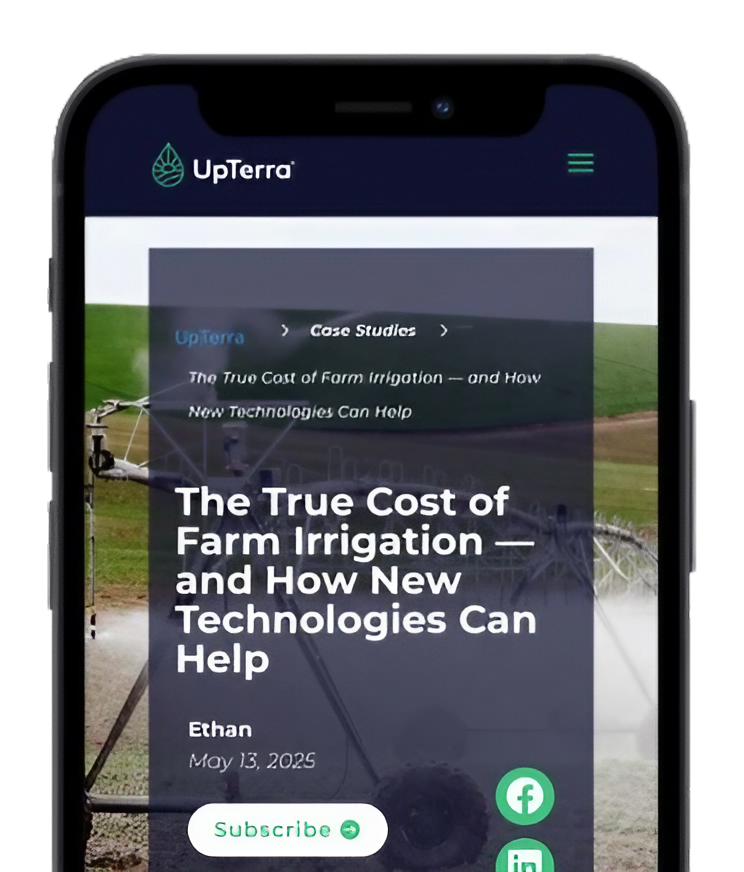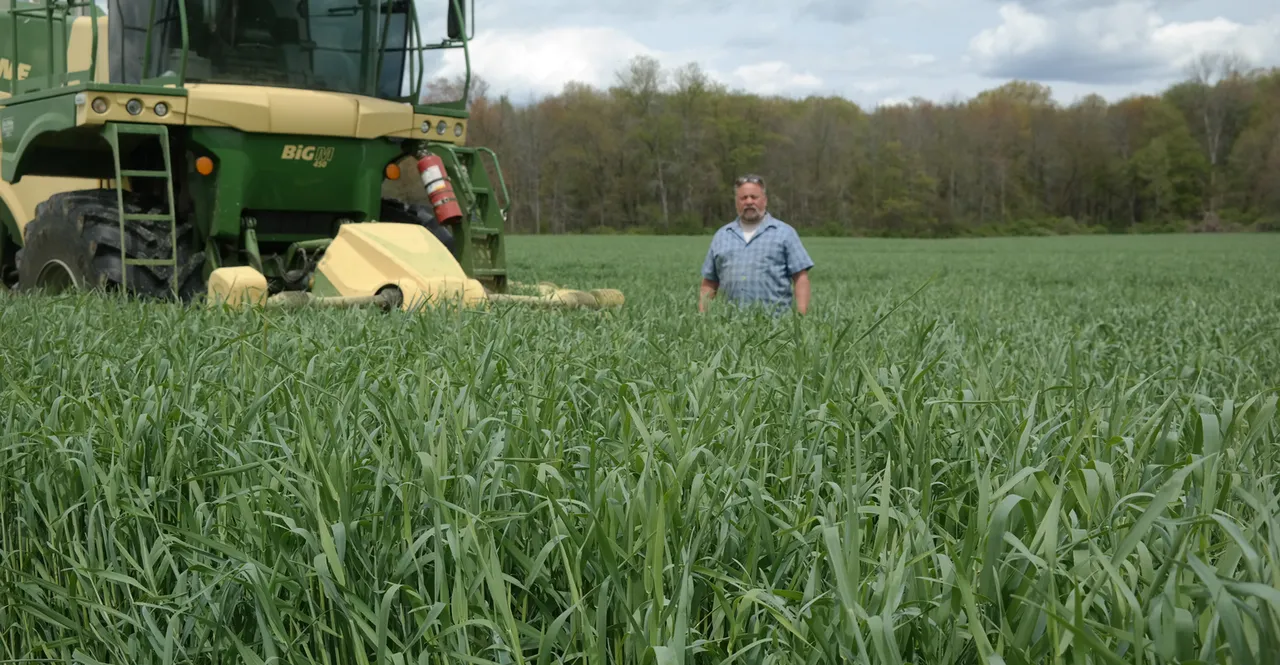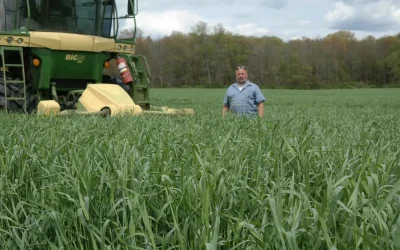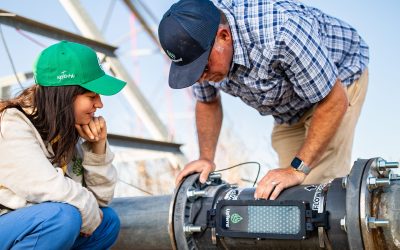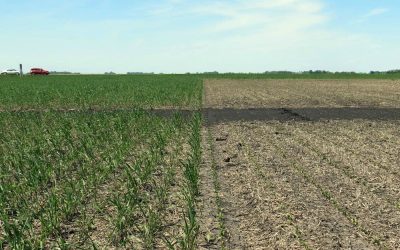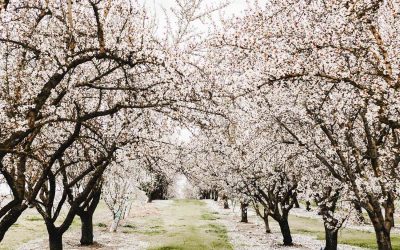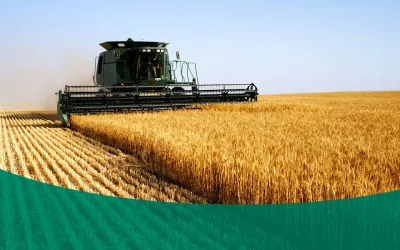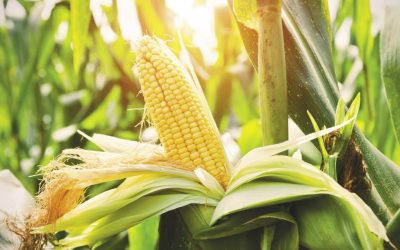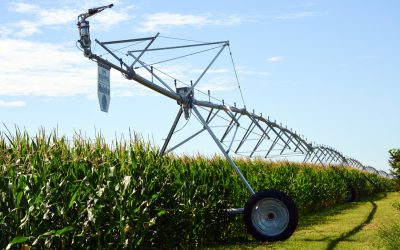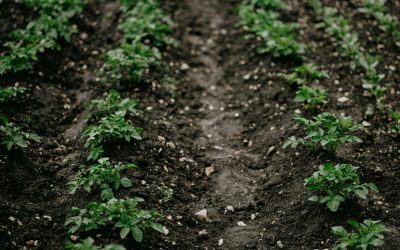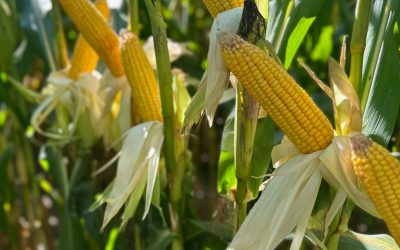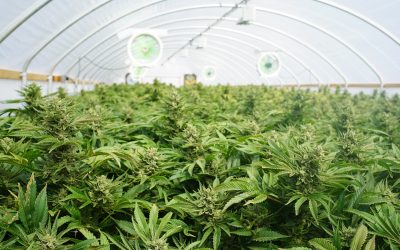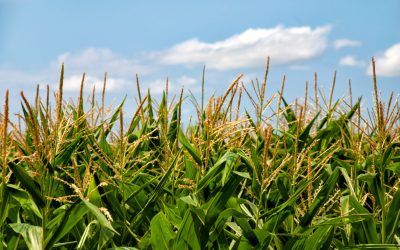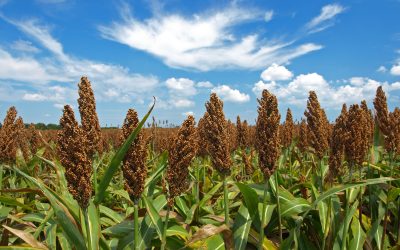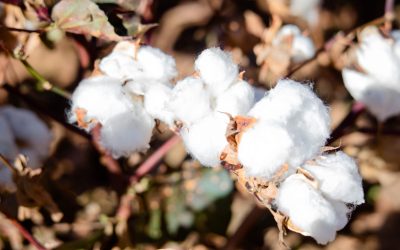From the Field: Ag Insights from UpTerra
From the latest Ag trends to tips that boost your ROI, our blog delivers practical information to help you make the most of every season.
Featured Articles
Smart Irrigation Tips for Triticale Growers – TerraFlow
Key Takeaways Triticale requires 45% less water than corn and nearly 60% less than alfalfa, using as little as 8–9 inches...
Turning Irrigation Water Into Rainwater: Brett Gerk’s Experience With UpTerra
Farming in Colorado’s Tough Conditions Brett Gerk farms with his father in Holyoke, Colorado, raising corn, alfalfa,...
Why Your Crops May Be Struggling: It Might Not Be What You Think
Why Your Crops May Be Struggling: It Might Not Be What You Think It’s mid-June, and you’re scouting fields to assess...
Smart Irrigation Tips for Triticale Growers – TerraFlow
Key Takeaways Triticale requires 45% less water than corn and nearly 60% less than alfalfa, using as little as 8–9...
Turning Irrigation Water Into Rainwater: Brett Gerk’s Experience With UpTerra
Farming in Colorado’s Tough Conditions Brett Gerk farms with his father in Holyoke, Colorado, raising corn, alfalfa,...
Why Your Crops May Be Struggling: It Might Not Be What You Think
Why Your Crops May Be Struggling: It Might Not Be What You Think It’s mid-June, and you’re scouting fields to assess...
Almond Irrigation Best Practices
Key Takeaways The U.S. is a global leader in tree nut exports. Almonds account for the largest share, with nearly one...
6 Smart Strategies to Increase Crop Yields Without Breaking the Bank
Key Takeaways Healthy Soil = Higher Yield Potential Regular soil testing, improved soil structure and a healthy...
Vegetative Growth in Corn: Simple Tips to Keep Your Crop on Track
Key Takeaways Vegetative growth sets the stage for yield. Proper management from VE to VT is critical for establishing...
Mastering Cotton Irrigation: A Complete Guide
Key Takeaways Cotton’s irrigation requirements depend on location, soil type and crop stage. For instance, western...
Optimizing Corn Irrigation: Tools and Tips for Better Water Management
Key Takeaways Efficient irrigation is critical to maximizing corn yield and grain quality while conserving water. Corn...
Maximize Soil’s Water Holding Capacity
Insufficient moisture is a common yield-limiting factor that many farmers face each season. While you can’t control...
The True Cost of Farm Irrigation — and How New Technologies Can Help
Farmers irrigated more than 53 million acres of cropland in 2023, according to the United States Department of...
Farming’s Future Depends on Water
Global agriculture is at a pivotal moment in its history. The Food and Agriculture Organization of the United Nations...
5 Ways to Build Soil Health for Better Plant Nutrient Uptake
You know healthy soil is more productive, but have you ever considered how the quality of your soil impacts your...
Corn: 19.9% Reduction in Applied Water
BACKGROUND Production Year: 2023 Location: Hartley County, TXPlanting Date: 6/18/2023 Harvest Date: 10/15/2023 Seed...
Cannabis: 43% Increase in Flower Biomass
BACKGROUND Location: Arizona Set up: Indoor split water application Flow Device: 2-Inch Goal(s): Higher yield; flower...
Corn: 18-20% Increase in Available Moisture
BACKGROUND Production Year: 2023 Location: Kanorado, Sherman County, KansasPlanting Date: 6/01-6/02/2023Harvest Date:...
Sorghum: 28.8% Silage Yield Increase
BACKGROUND Production Year: 2023 Location: Texas Program: UpTerra Water and Row Crop General WellnessPlanting Date:...
Corn: $101 per acre profit increase
BACKGROUND Production Year: 2023 Location: Alfalfa, OK Program: UpTerra Water and Row Crop General...
Cotton: 31.3% increase in average bolls per plant
BACKGROUND Production Year: 2022 Location: Carnegie, OK Study Type: Mid-Season Measurements Program: UpTerra Water...
Don’t miss the latest news from the UpTerra team. Sign up for our email list to stay in touch!
